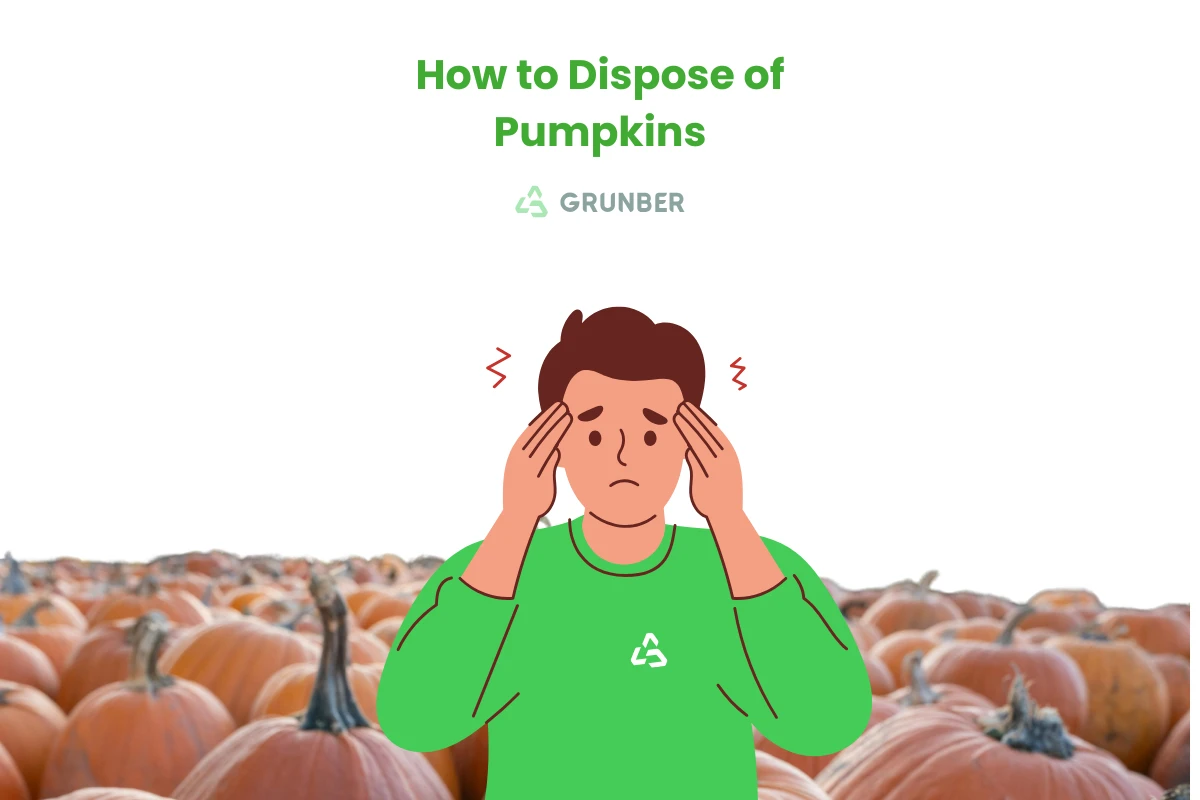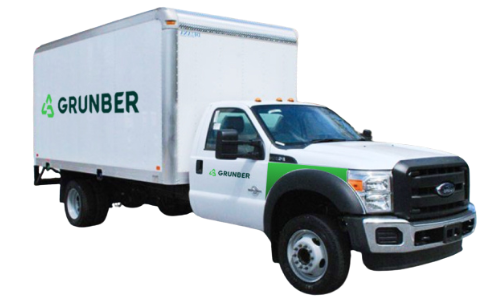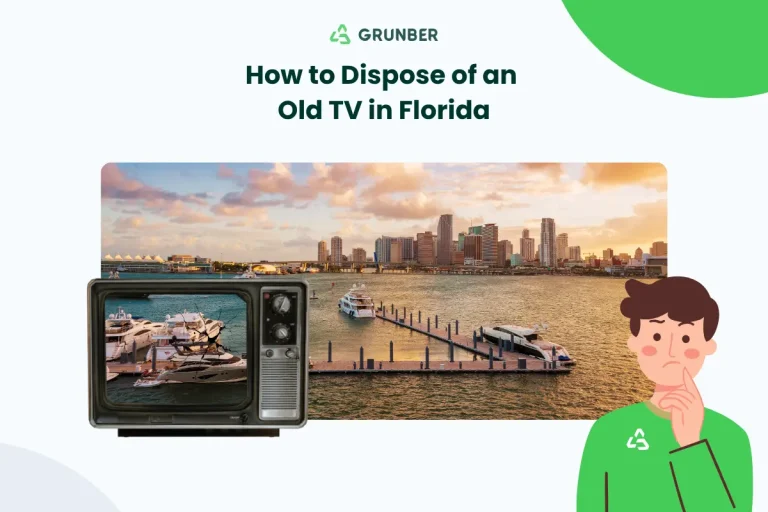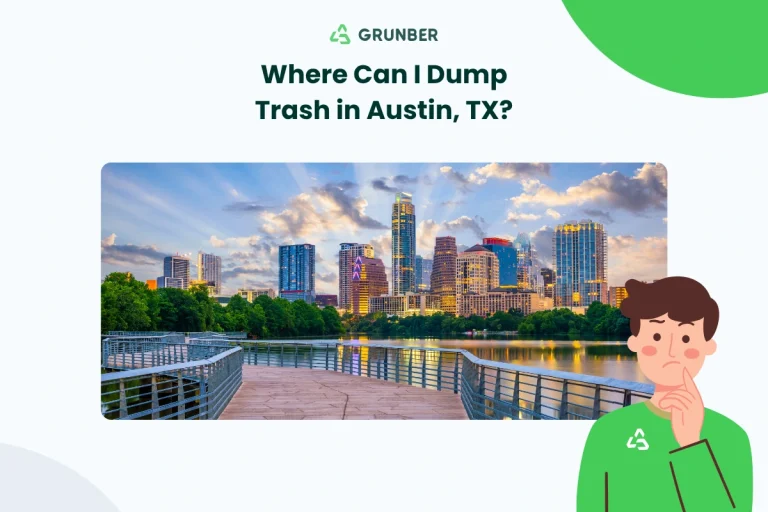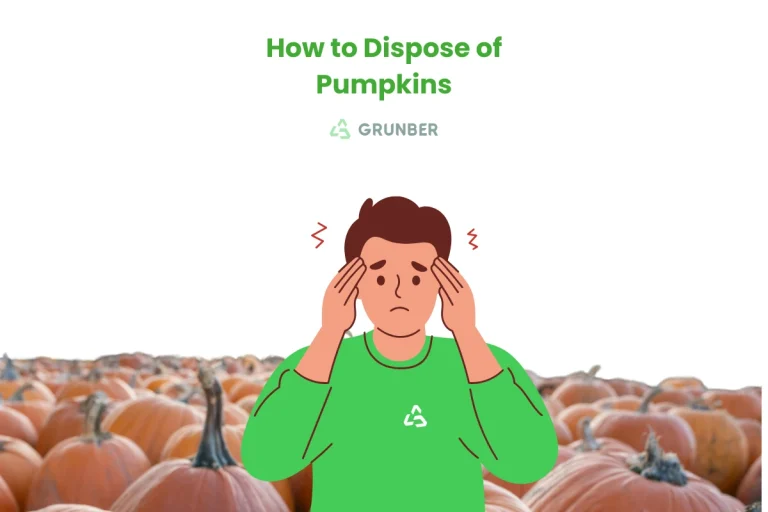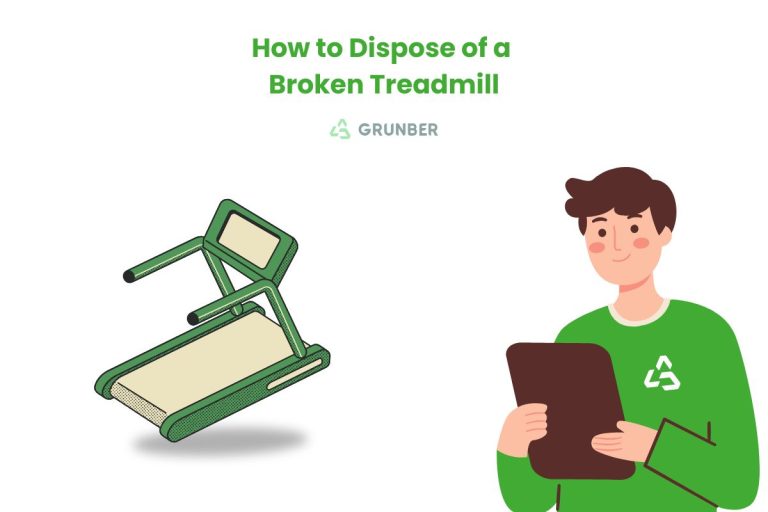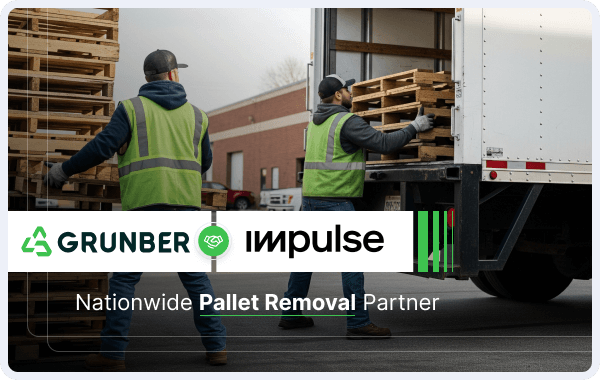With Halloween approaching its finale and October drawing to a close, fond memories of festive decorations and spooky fun are plentiful. But as the jack-o’-lanterns on our doorsteps begin to droop, a nationwide challenge emerges: what do we do with all these pumpkins? With over 1.5 billion pumpkins harvested in the United States annually, their disposal creates a massive, concentrated stream of organic waste every November.
Tossing them in the trash might seem like the easiest option, but it comes with a significant environmental cost. According to the U.S. Environmental Protection Agency (EPA), municipal solid waste landfills are the third-largest source of human-related methane emissions in the country. Food waste, including pumpkins, makes up about 24% of the material in landfills and is responsible for an estimated 58% of the fugitive methane emissions they release. Methane is a potent greenhouse gas, trapping heat in the atmosphere at a rate at least 28 times more effective than carbon dioxide.
At Grunber, our commitment to ESG (Environmental, Social, and Governance) principles means we believe in finding smarter, more sustainable solutions for all types of waste. This guide will walk you through a spectrum of eco-friendly disposal options, from home composting to navigating local regulations, ensuring your leftover pumpkins contribute to a healthier planet, not a growing climate problem.
A Spectrum of Sustainable Solutions
Before you bag up that pumpkin, consider these earth-friendly alternatives. The best method depends on how your pumpkin was decorated and the resources available in your community.
The Earth-Friendly Approach: Composting
Composting is nature’s way of recycling. It transforms your pumpkin into a nutrient-rich soil amendment for your garden. However, to do it right, you need to follow a few key steps.
- Prep Your Pumpkin: First, remove any non-biodegradable materials. This includes candles, wax, plastic lights, and any other decorations.
- Break It Down: Pumpkins compost much faster when they’re in smaller pieces. You can chop them up with a shovel or simply smash them.
- Balance Your Pile: Pumpkins are a nitrogen-rich “green” material. To create healthy compost, you need to balance them with carbon-rich “brown” materials, like dried leaves, straw, or shredded cardboard. A good rule of thumb is three parts brown material for every one part green.
- Manage the Seeds: If you don’t want a surprise pumpkin patch growing in your compost pile next year, be sure to scoop out and dispose of the seeds separately.
The Critical Caveat: You cannot compost pumpkins that have been decorated with paint, glitter, hairspray, or petroleum jelly. These materials contain chemicals that can contaminate your soil and harm the environment.
The Community-Centric Approach: Donation
If your pumpkin is undecorated and still in good condition, donation is a fantastic option that reduces waste and supports local communities.
- Feed Animals: Many local farms, animal sanctuaries, and even zoos welcome pumpkin donations as a seasonal treat for their animals. Organizations like Pumpkins for Pigs have created a nationwide network across 44 states, connecting people with local farms that can use their leftover pumpkins for feed. Chickens and dogs can also safely enjoy pumpkin, but be sure to check preparation guidelines—plain, cooked pumpkin is best for dogs, while chickens can eat it raw.
- The Critical Caveat: Just like with composting, donated pumpkins must be completely free of paint, glitter, mold, or other decorations to be safe for animals to consume.
The Creative Approach: Repurposing
Give your pumpkin a second life with a little creativity.
- Make a Bird Feeder: Cut a whole pumpkin in half, scoop out the insides, and hang the bottom half from a tree branch. Fill it with birdseed to provide a feast for your local wildlife.
- Cook It: If you have an uncarved pie pumpkin, don’t let it go to waste! You can roast it to make your own pumpkin puree for pies, soups, breads, and more. The seeds can also be roasted for a delicious, healthy snack.
Navigating the Nationwide Regulatory Maze
How you dispose of organic waste isn’t just a personal choice; it’s increasingly governed by local and state law. As a nationwide service, Grunber stays current on these complex regulations to ensure compliant disposal for our clients. The rules can vary significantly from one city to another, making it crucial to know what’s required in your area.
For example, California’s Senate Bill 1383 mandates that all residents and businesses divert organic waste from landfills. In cities like Sacramento and San Diego, this means all food scraps, including pumpkins, must go into the green organics bin for curbside collection; they are no longer allowed in the regular trash.
Meanwhile, Austin, Texas, targets commercial waste with its Universal Recycling Ordinance (URO). This law requires all food-permitted businesses to divert organic materials by donating edible food, sending scraps to farms, or composting. Businesses must also submit an annual organics plan and educate their employees, creating a compliance burden that professional services can help manage.
The landscape is different again on the East Coast. Portland, Oregon, has a well-established curbside compost program that accepts clean pumpkins in its green bins. In contrast, Albany, New York, relies on residents to manage yard waste separately in biodegradable paper bags for city pickup, while encouraging partnerships with private services like FoodScraps360 for collecting kitchen food scraps.
| City/State | Key Legislation/Program | Rules for Pumpkins | Key Takeaway |
| Sacramento, CA | SB 1383 | Must be placed in the green Organics cart. Not allowed in the garbage. | Mandatory residential and commercial organics recycling is enforced. |
| Austin, TX | Universal Recycling Ordinance (URO) | Food-permitted businesses must divert all organic waste, including pumpkins. | Focus is on commercial compliance, with strict rules for businesses. |
| Portland, OR | Curbside Compost Program | Accepted in green compost bin if free of paint, wax, and decorations. | Established, straightforward program for residents with clear guidelines. |
| Albany, NY | City Collection & Private Partnerships | Not collected with yard waste. Residents can use private food scrap services. | A hybrid model where residents must opt-in to food scrap recycling. |
The Grunber Solution: The Final, Hassle-Free Answer
So what happens when your pumpkins are painted? Or when you’re a business with a whole truckload to dispose of? That’s where Grunber comes in. We are the simple, reliable, and eco-conscious solution for the pumpkins that can’t be composted, donated, or repurposed.
- For the “Problem Pumpkins”: For the jack-o’-lanterns covered in paint and glitter, our professional teams provide the most responsible disposal option. We ensure they are handled in compliance with all local regulations, sorting materials to minimize landfill impact whenever possible.
- For Large-Scale Needs: If you’re a retailer, farm, or event venue with a large volume of seasonal organic waste, self-hauling is inefficient. Grunber’s bulk trash pickup service is fast, scalable, and saves your business valuable time and labor, all while ensuring regulatory compliance.
- Peace of Mind, Guaranteed: With Grunber, you get fast, flexible scheduling—often with same-day service available. Our vetted, professional drivers handle all the heavy lifting, sorting, and disposal, leaving your space clean and clutter-free. And with our transparent, upfront pricing, you’ll never face hidden fees.
Don’t let your post-Halloween cleanup become a burden or an environmental hazard. Choose the smart, sustainable path for every pumpkin.
Ready to reclaim your space? Whether you have one painted pumpkin or a whole patch, Grunber offers nationwide junk removal with transparent pricing and eco-conscious disposal. Request a quote online to schedule a hassle-free pick-up.


